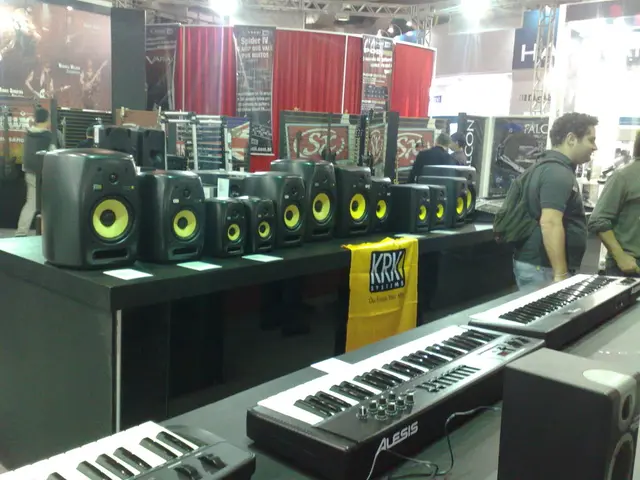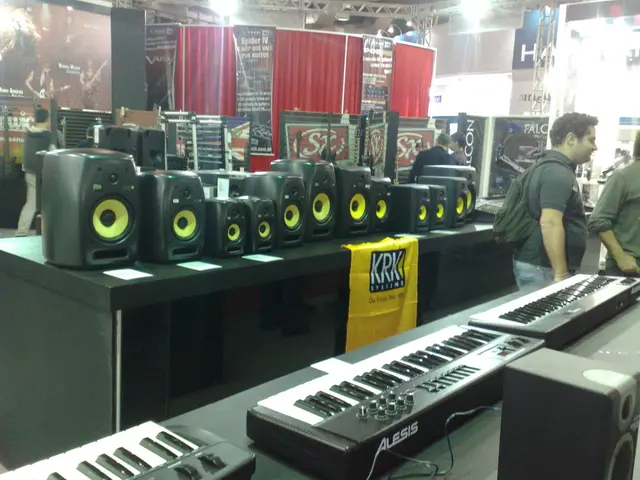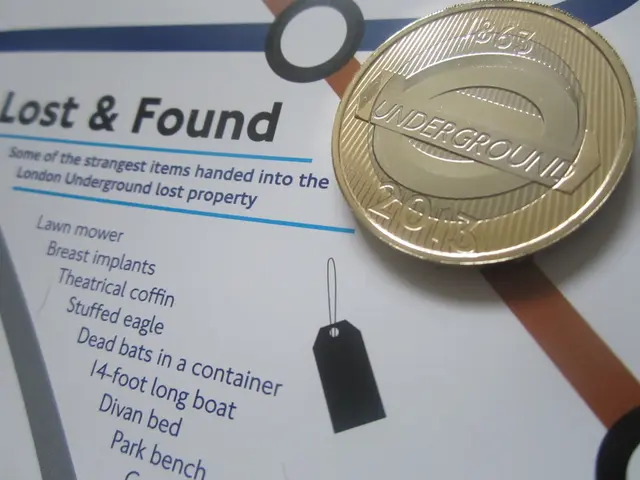Venturing into the Vegas of Tomorrow
Predictions point towards modifications for Vegas tourists and gamblers by 2030
Hey there! Let's talk about the anticipated future of gambling and tourism in the iconic city of Las Vegas, Nevada. The casino industry's ever-persistent discourse has been refreshed with new opinions and insights, particularly concerning escalating travel costs.
That's right, the expenses related to visiting Las Vegas are piling up - high resort fees, vanishing free parking, and $25 bottles of Miller Lite? You bet! But what's even more intriguing is the Nation's Playground's entangled alliance with exorbitant costs, and how this dynamic may shape the market in the future.
So, what does a hypothetical Las Vegas casino scene look like in 2030? We sat down with industry insiders to forecast the transformation of gambling and tourism over the next five years.
Gaming the Odds: A Transforming Casino Landscape
Traditional casino floors may morph significantly, as fewer people take to gambling in person, and electronic or hybrid gaming machines gain ground. Expensive luxury properties could prioritize retail and dining spaces over gambling areas, causing older casino floors to shrink even without remodeling [1].
Casinos will also segment their gambling experiences based on gamblers' types. Higher-end casinos will upgrade "high limit" rooms to "ultra-high limit" spaces, featuring human dealers and higher minimum bets, positioning them as premium experiences for high rollers [1]. Meanwhile, general casino floors will cater to lower-stake players, with an emphasis on electronic machines.
Casinos primarily serving local residents, located off the Strip like M Resort, Durango, and Red Rock, will retain traditional casino floors with offerings tailored to budget-conscious locals who prefer more affordable options and less crowded environments [1].
Surviving the Economic Crunch
Las Vegas must grapple with the challenge of a broader struggling economy and high visitor costs, leading to potential adjustments in casino and hotel business models. Prolonged economic downturn could result in slowed tourism activities and reduced visitor numbers [1][5].
Reinventing the Tourism Scene: Big Events and Non-Gaming Luxury
To counterbalance these pressures, Las Vegas has been utilizing significant global events. For instance, the Formula 1 Las Vegas Grand Prix, first held in 2023, pumped an impressive $1.5 billion into the economy during its inaugural year and nearly $934 million in 2024 [4].
Additionally, non-gaming luxury hotels, such as the Majestic Las Vegas (slated for 2027), are signaling an expansion of the tourism industry towards upmarket, non-gambling hospitality experiences [3].
Conclusion
By 2030, Las Vegas' gambling landscape is expected to feature smaller, technologically advanced casino floors with a clear distinction between premium experiences for high rollers and lower-stakes electronic gaming, particularly catering to locals against tourists. The tourism industry will navigate economic headwinds and potentially slower growth in traditional gambling tourism, offset by high-profile events like Formula 1 and expansion into luxurious, non-gaming hospitality. This evolution reflects a marketplace that balances economic realities with innovation and diversified appeal [1][3][4][5].
In 2030, the casino landscape of Las Vegas may witness a transition, with traditional casino floors shrinking and electronic or hybrid gaming machines becoming more prevalent [1]. The city's casinos could also segregate gambling experiences based on consumer preferences, with high-end casinos offering premium, high-limit rooms, while general floors cater to lower-stake players [1].
This anticipated transformation in the casino culture of Las Vegas, coupled with efforts to counterbalance economic challenges through key global events and non-gambling luxury experiences, indicate a market that balances innovation and diversified appeal with economic realities [1][3][4][5].






